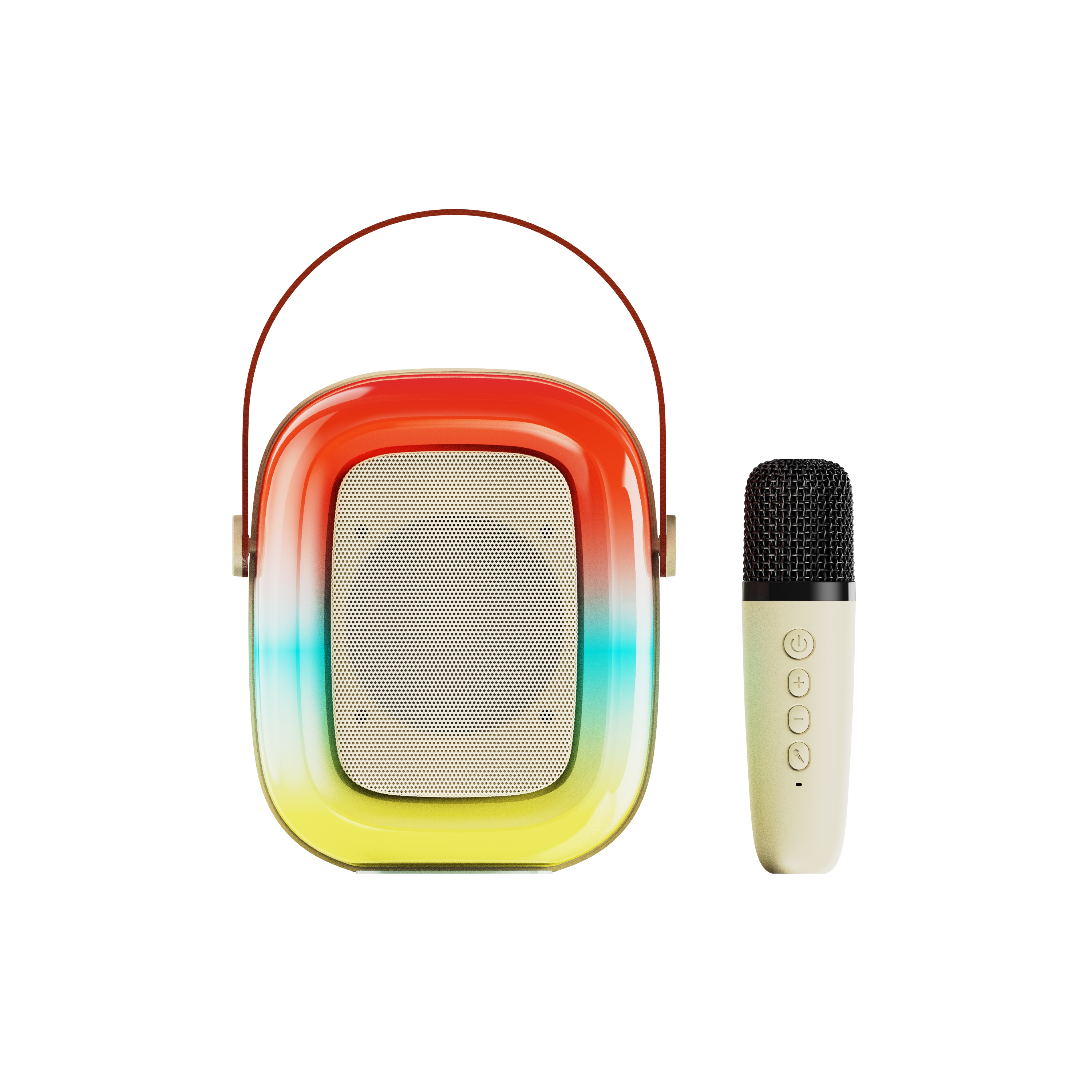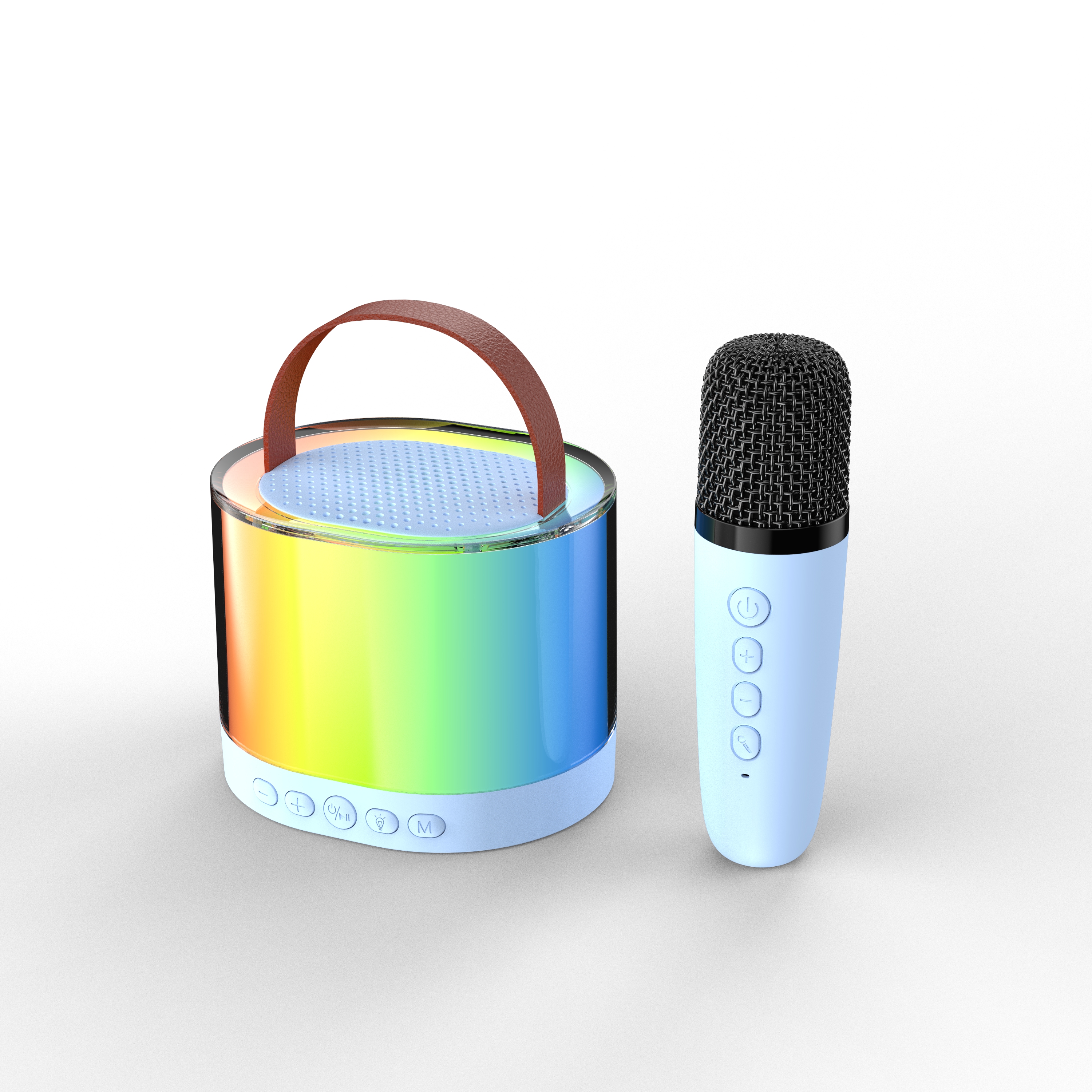close
Choose Your Site
Global
Social Media
Views: 0 Author: Site Editor Publish Time: 2025-07-07 Origin: Site









Are you tired of tangled wires while listening to music? Wireless speakers are an easy solution. They offer convenience, portability, and improved sound quality.
In this article, we’ll explore how wireless speakers connect to a receiver. You’ll learn about the different technologies like Bluetooth, Wi-Fi, and RF, and how they make wireless listening possible.
Wireless speakers have become a popular choice for many audio setups, offering flexibility without the need for physical connections. These speakers typically use technologies like Bluetooth, Wi-Fi, RF, or NFC to receive audio signals from a device or receiver.
● Bluetooth is the most common wireless technology, used in portable speakers and smaller audio setups.
● Wi-Fi provides higher-quality audio streaming and is often found in smart speakers and home theater systems.
● RF (Radio Frequency) works similarly to Bluetooth but typically has a larger range, commonly used in older models.
● NFC (Near Field Communication) allows quick pairing between devices by simply touching them together, though its range is very limited.
Wireless speakers come in different types:
● Portable Speakers: Lightweight and easy to carry, often Bluetooth-enabled.
● Home Theater Speakers: High-performance speakers connected to a receiver, usually via Wi-Fi or RF.
● Smart Speakers: These come with Wi-Fi connectivity and integrate with virtual assistants like Alexa or Google Assistant.
In an audio system, a receiver is the device that receives and processes audio signals. It plays a critical role in a home audio setup by controlling volume, sound quality, and the source of audio content.
● Stereo Receiver: This connects to audio sources (like smartphones or TVs) and sends audio signals to speakers.
● AV Receiver: Handles video and audio signals, commonly used in home theaters.
Wireless speakers communicate with a receiver via several wireless technologies, which transmit audio signals without the need for physical cables.
● Bluetooth: It pairs with a receiver to send audio signals, typically used in smaller, portable speakers.
● Wi-Fi: Offers better audio quality and range, ideal for smart speakers.
● NFC: Allows for quick connections between devices over short distances.
● RF: Works by transmitting signals over a larger range and is used in older wireless audio systems.

Bluetooth is a widely used technology for connecting wireless speakers, especially in portable setups. It offers easy pairing with minimal setup, but it comes with certain limitations.
● How Bluetooth Works: Devices like smartphones or tablets pair with Bluetooth speakers, sending audio signals through a wireless connection.
● Pros: Bluetooth is simple to use and offers broad compatibility.
● Cons: Limited range (usually around 30 feet), potential interference from other devices, and lower sound quality compared to Wi-Fi.
● Common Issues: Range limitations, interference from other devices, and occasional drops in connection quality.
● How to Connect: Simply pair the wireless speaker with the receiver through Bluetooth settings.
Wi-Fi offers a higher-quality connection for wireless speakers, making it a popular choice for home theater setups and smart speakers.
● How Wi-Fi Works: Wi-Fi allows for the transmission of higher-quality audio signals over longer distances.
● Advantages: Wi-Fi supports longer ranges and better sound quality compared to Bluetooth.
● Device Compatibility: Ensure your speakers and receiver are Wi-Fi-enabled.
● How to Connect: Set up your receiver and speakers on the same Wi-Fi network for seamless audio transmission.
NFC technology provides a fast, hassle-free way to connect devices but only works over very short ranges.
● How NFC Works: By bringing the receiver and speaker close together, audio signals are transferred instantly.
● Limitations: The primary drawback of NFC is its short range, making it impractical for long-distance communication.
RF technology is used to transmit audio signals wirelessly, often seen in older models of wireless speakers.
● How RF Works: RF uses radio waves to send signals over a longer distance than Bluetooth.
● Common Usage: RF is typically used in wireless home audio systems.
● Potential Issues: RF signals can be prone to interference and noise.
● Setup: To connect, simply place the receiver and speakers within the RF range.

To connect wireless speakers to a receiver, you'll need the following:
● A stereo receiver that supports Bluetooth, Wi-Fi, NFC, or RF.
● Wireless speakers that support one of the wireless technologies (Bluetooth, Wi-Fi, NFC, RF).
● Adapters: If necessary, Bluetooth or RF adapters can help make your setup compatible.
Devices like smartphones, tablets, and laptops can stream audio wirelessly to your receiver. Streaming services and apps like Spotify, Apple Music, or YouTube Music also play a significant role in transmitting audio wirelessly.
● Distance and Positioning: The range of the wireless signal is important, so keep your wireless speakers within the recommended range of your receiver.
● Interference: Be mindful of other wireless devices that could interfere with the signal, such as routers or microwaves.
Wireless technologies can be affected by interference, resulting in poor sound quality or connection drops.
● Bluetooth can be prone to interference from other Bluetooth devices.
● Wi-Fi networks can become congested, affecting audio quality.
● RF and NFC signals might also face issues with nearby electronics.
● Solutions: Move devices further apart, reduce the number of active wireless devices, or use a less congested wireless frequency.
Wireless audio transmission may suffer from signal loss or degradation.
● Factors Affecting Quality: Signal strength, wireless interference, and device compatibility can all affect audio quality.
● Improvement Tips: Use high-quality equipment, avoid crowded wireless networks, and place your devices closer to each other.
The range of wireless technologies affects how well they maintain a stable connection.
● Bluetooth typically has a range of 30 feet, but this may vary based on obstacles.
● Wi-Fi offers a larger range but requires both devices to be on the same network.
● RF can cover longer distances but is subject to interference.
Sometimes your wireless speaker or receiver may not be compatible with certain wireless technologies.
● Solution: Check the compatibility of your devices before purchase. You may need adapters or firmware updates to make devices work together.
The placement of your speakers greatly impacts sound quality and connection stability.
● Optimal Placement: Place your speakers in open spaces away from walls or obstacles for the best audio performance.
● Room Layout: The layout of your room can affect both the wireless connection and the sound quality.
To keep your system running smoothly, consider upgrading your receiver or speakers as newer technologies become available.
● When to Upgrade: If you notice frequent connectivity issues or poor sound quality, it may be time to upgrade.
● Software Updates: Many wireless devices receive firmware updates that improve compatibility and performance.
● External Amplifiers or DACs: Adding these to your setup can significantly enhance sound quality.
● Apps and Software: Some apps allow you to fine-tune sound settings to optimize audio for your wireless speakers.
Connecting wireless speakers to a receiver involves understanding different technologies: Bluetooth, Wi-Fi, NFC, and RF. Each offers unique benefits, like Bluetooth for portability, Wi-Fi for better sound, and NFC for ease.
To improve your audio setup, consider placement and equipment updates. Always match your needs with the right technology. Choose wisely based on your space, audio quality preference, and compatibility.
A: The easiest way is using Bluetooth for quick pairing. Wi-Fi offers better audio quality but requires more setup.
A: Yes, you can use Wi-Fi, NFC, or RF technologies for wireless speaker connections.
A: Common issues include interference, range limitations, and compatibility problems between devices.
A: Use Bluetooth adapters or RF transmitters to enable wireless speaker connections.